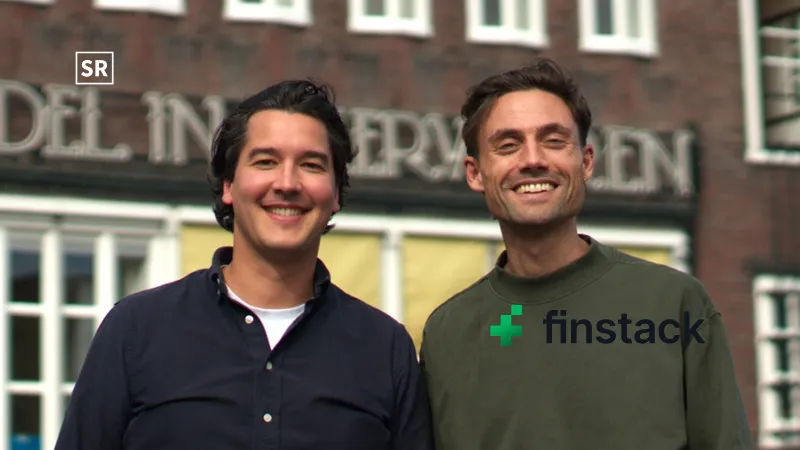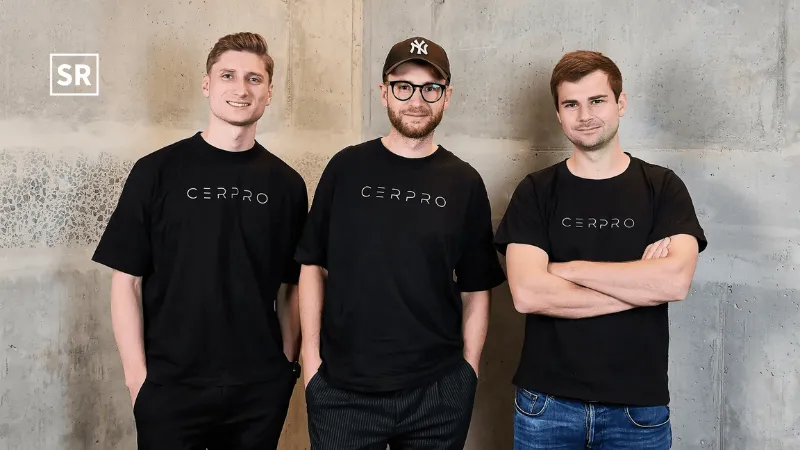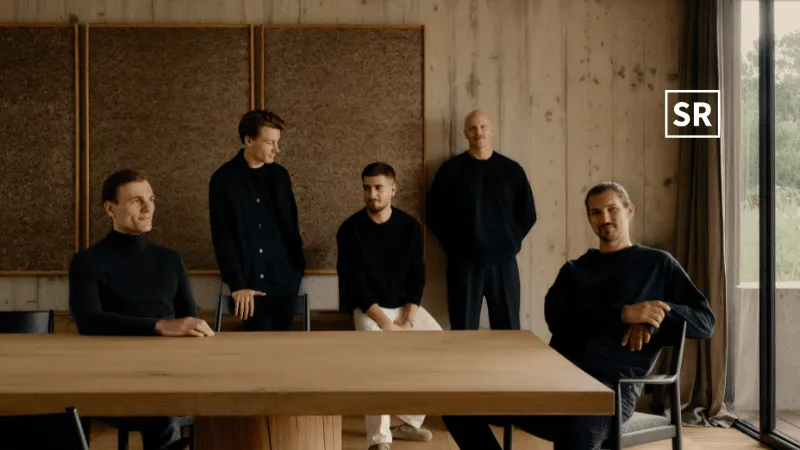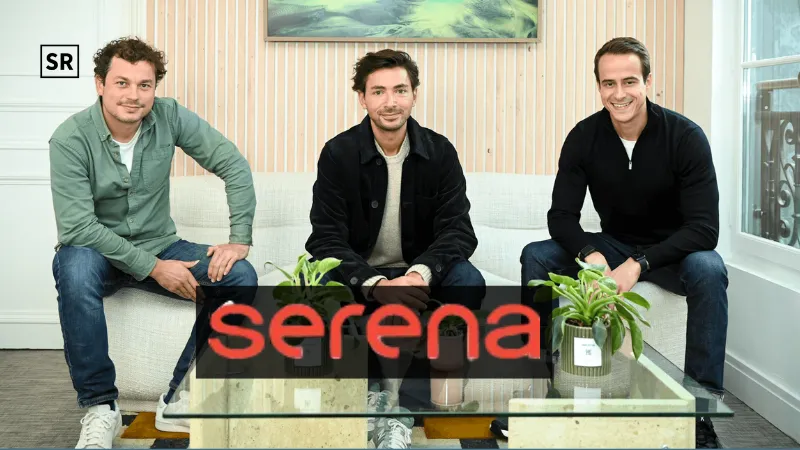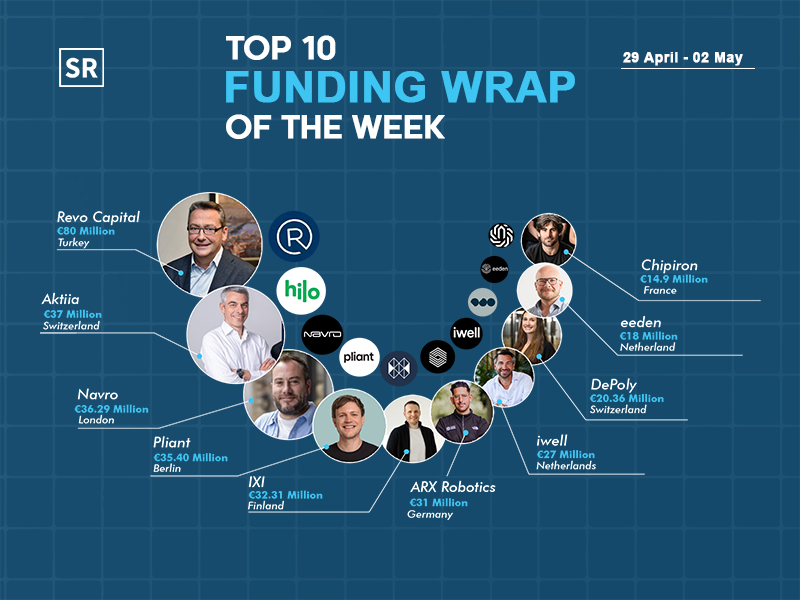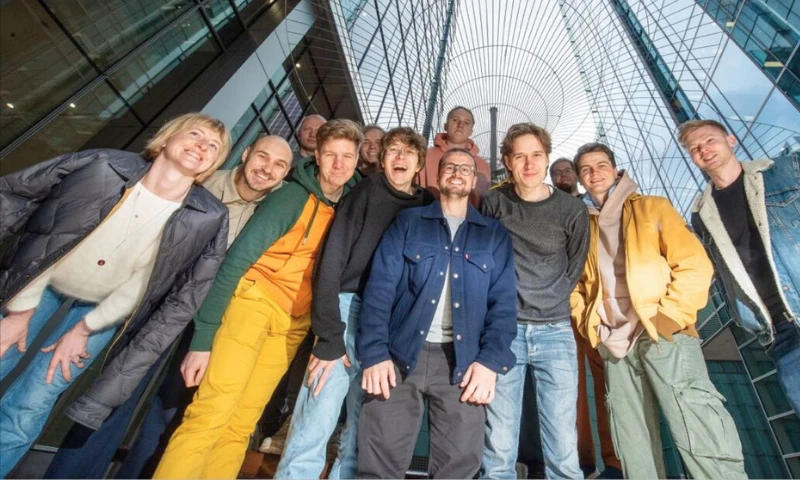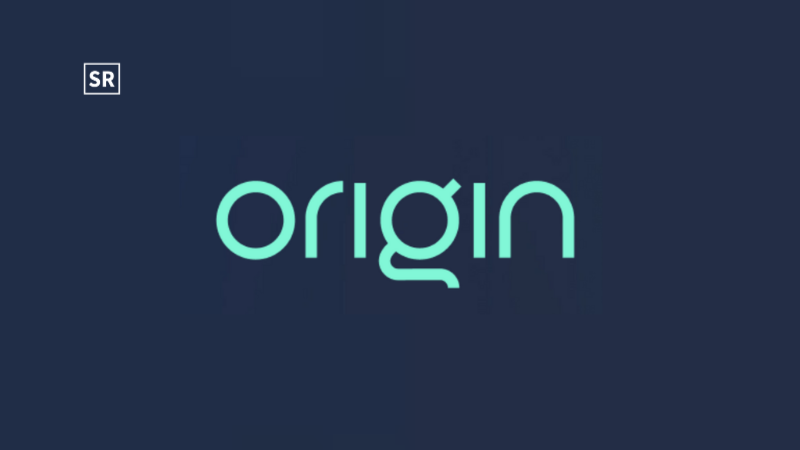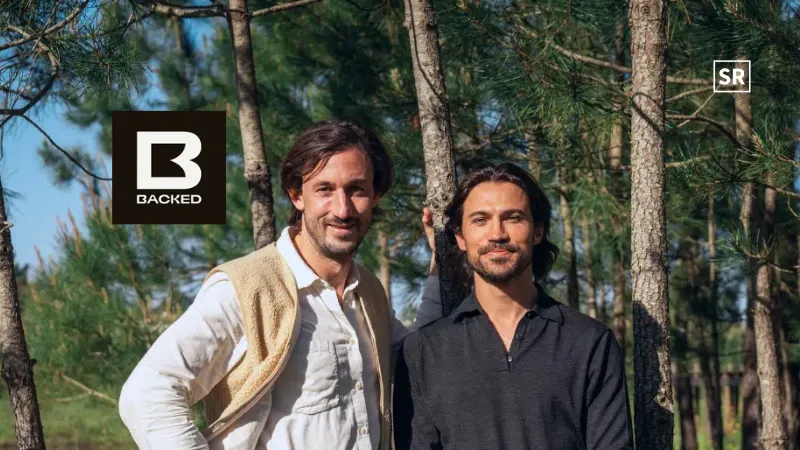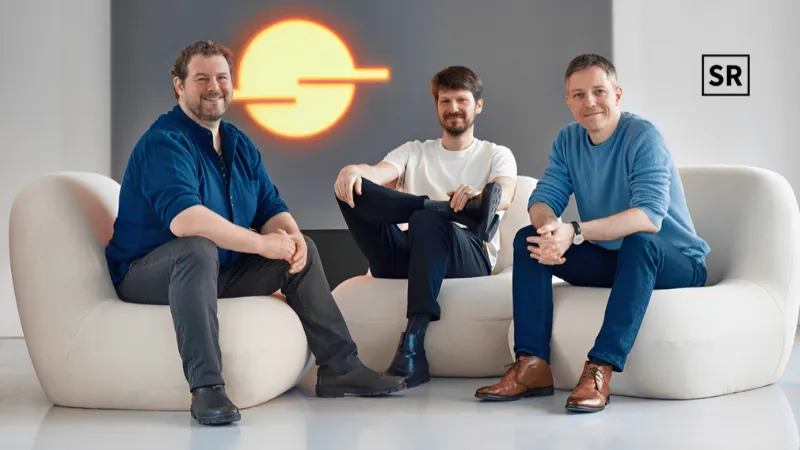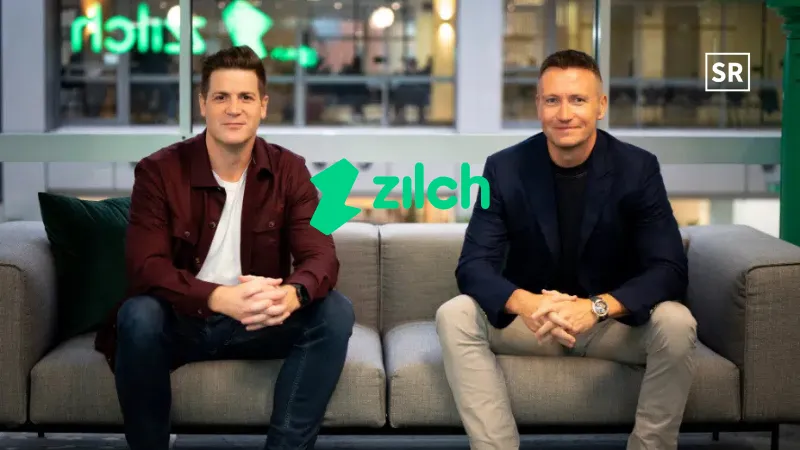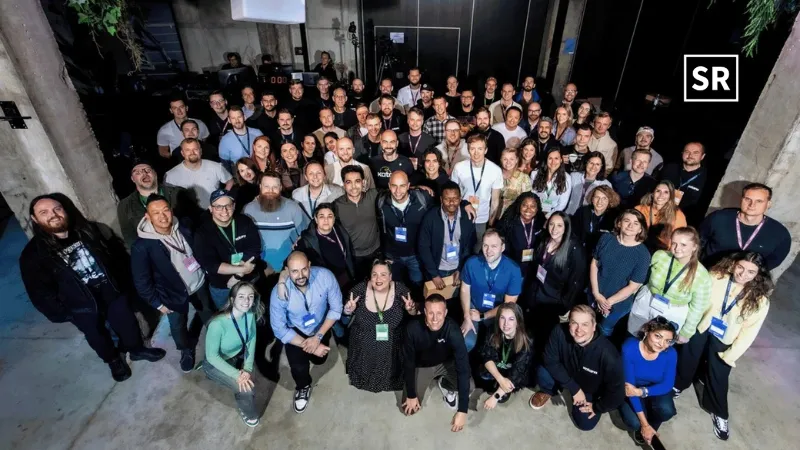Flox Robotics: Empowering Safer, Smarter and More Sustainable Human-Wildlife Coexistence
Aug 12, 2025 | By Kailee Rainse
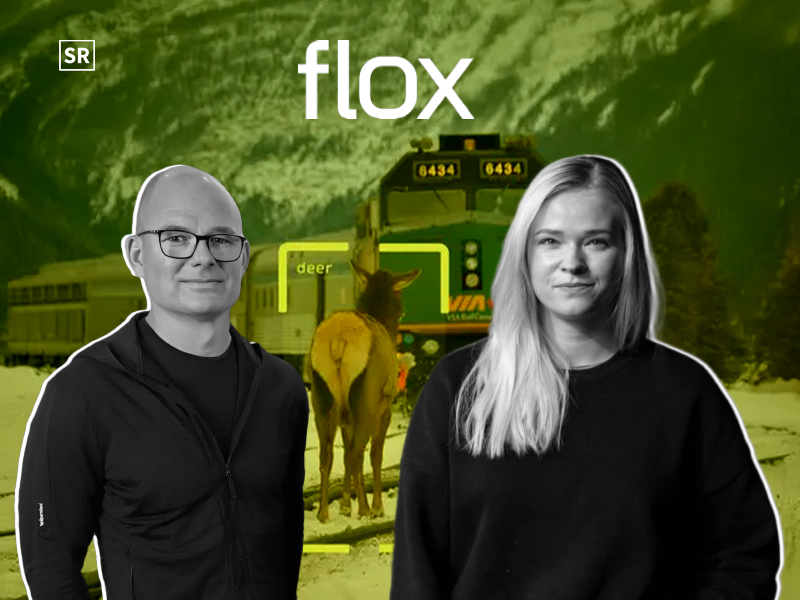
Stockholm-based Flox Robotics began with a simple but urgent belief: humans and wildlife should be able to share space without conflict or harm.
Founded by Sara Nozkova and Tomas Becklin—some of the Nordics' top AI minds and wildlife biologists—Flox set out to build a world where coexistence between humans and wildlife is both safe and sustainable.
The Spark That Started Flox Robotics
In 2020, deep within the research halls of the Royal Institute of Technology (KTH) in Stockholm, a shared frustration turned into a powerful vision.
Sara Nozkova, an AI researcher passionate about sustainability, and Tomas Becklin, a robotics engineer fascinated by autonomous systems, kept running into the same issue: rising human-wildlife conflict and a lack of smart, scalable, and humane solutions to manage it.
RECOMMENDED FOR YOU

Fluid Focus Raises £640K to Scale Screen-Time Productivity App Globally
Kailee Rainse
Jul 29, 2025
From highways and airports to farmland and forests, wildlife was increasingly at risk or becoming a risk. Traditional methods—fences, poisons, or lethal force—were often harmful and outdated. But what if intelligent machines could manage wildlife without causing harm? That question sparked the idea for Flox Robotics.
Read also - Respo.Vision: How Four Visionaries from Poland are Revolutionizing Sports Analytics Without Sensors.
The First Step: Turning a Concept Into Reality
The concept was simple but powerful: devices that could think, listen, and act—like invisible shepherds. But turning that concept into a working solution was no easy task.
The early days were far from glamorous. Sara and Tomas began with basic prototypes, AI simulations, and long nights of brainstorming. They explored bioacoustics—the idea of guiding animals using sound instead of physical barriers or violence.
Taking a leap of faith, they launched Flox Robotics in Stockholm with a bold mission: to make peaceful and sustainable human-wildlife coexistence a global reality.
Flox Robotics: From Wild Conflicts to Smart Coexistence
Flox Robotics's first breakthrough came with the acquisition of FlyPulse, a drone fleet software that allowed them to control multiple autonomous drones simultaneously. This became the backbone of FLOXdrone, their mobile deterrent solution.
They soon followed with FLOXFixed—a stationary version designed to sit on farmland, near railways, or in nature reserves. Powered by real-time AI and species-specific sound cues, these systems could detect and deter animals without causing harm—simply nudging them in the right direction.
Rewriting the Rules of Wildlife Management
Flox's first pilot projects took place in Sweden—on farms, where they kept moose away from young saplings, and at airports, where they helped prevent dangerous bird strikes.
In partnership with the World Wide Fund for Nature (WWF), Flox Robotics deployed systems to protect livestock from wolves—creating virtual "fences" using sound instead of steel.
Major airports like Stockholm Bromma and Gerald R. Ford International Airport in Michigan began testing the technology. Across industries—rail, mining, agriculture, and public parks—Flox Robotics began proving that coexistence could be engineered.
Read also- The Story of Ignacio Bonasa & Liderarte, Helping People Become Better Leaders
Building a Wildlife Intelligence Platform
To manage devices across large landscapes, Flox Robotics developed the Flox Wildlife Platform—a cloud-based control center where each drone or stationary unit sends data, shares insights, tracks effectiveness, and adjusts strategies. Operators can monitor deer, geese, or boars approaching a site and watch as they're safely redirected.
The system is fully autonomous and evidence-based, giving clients real-time data on wildlife behavior and the effectiveness of interventions.
Recognition, Growth & Future Plans
Flox Robotics has been named to the Ny Teknik 33-List for 2024, cementing their place as one of Sweden's most innovative and promising young tech companies.
Flox closes $1M seed round to scale AI that speaks with wild animals. With this success, they now set their sights on global expansion, starting with the U.S.A., where wildlife strikes and land conflict are equally urgent.
Flox has big plans for the future.
They aim to launch their systems widely across airports in Europe and North America, expand their use in farming and mining, and continue improving their AI to identify more species and adapt to different environments.
They're also pushing for "coexistence technology" to become a new standard in sustainability, helping humans and wildlife live side by side without harm.
Read also- The Story of Two Architects & Automated Architecture, Redefining Home Construction
The Heart of Flox Robotics
More than just a tech company, Flox Robotics is a statement: that nature doesn't have to be pushed aside for human progress. Their tools are invisible, non-lethal, and intelligent—driven by a vision of a world where wild animals roam freely, and humans gently guide them away from danger.
Flox Robotics is now a wildlife science and technology startup using AI-powered drones and smart devices to detect and guide wildlife away from danger zones—such as airports, farms, railways, and roads—using species-specific sound cues.
Their technology prevents accidents and environmental damage, offering humane, real-time wildlife management.
Through their efforts, Sara and Tomas are building ethical, sustainable, and cost-effective solutions that make human-wildlife interaction safer, smarter, and more harmonious.
Read also- Two Visionaries Build A Healthtech Startup Curifylabs, Changing the Future of Personalized Medicine


 Follow us
Follow us Follow us
Follow us
